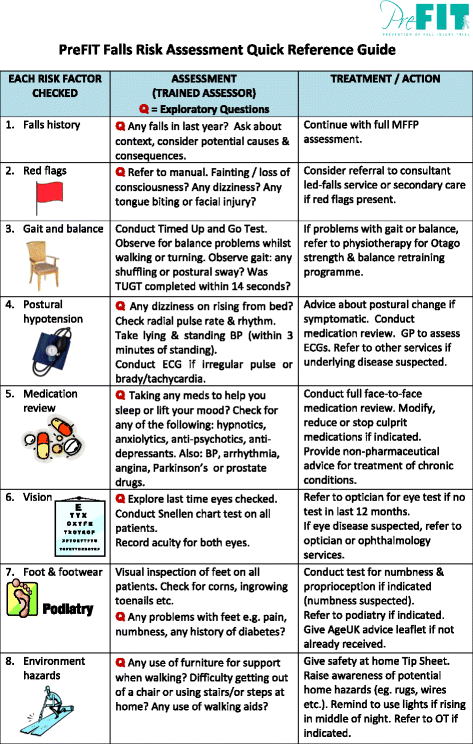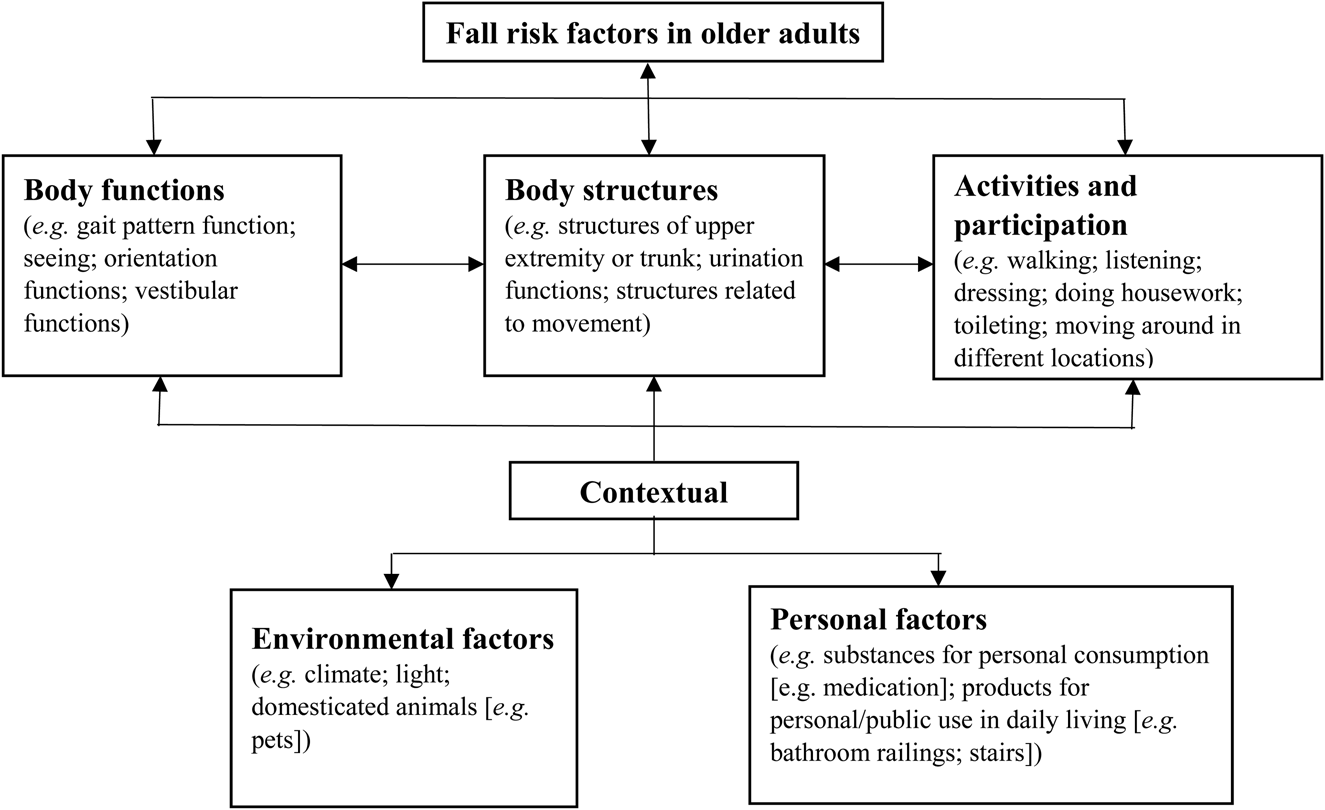The Single Strategy To Use For Dementia Fall Risk
Not known Details About Dementia Fall Risk
Table of Contents4 Simple Techniques For Dementia Fall RiskAn Unbiased View of Dementia Fall RiskDementia Fall Risk - TruthsThe 4-Minute Rule for Dementia Fall RiskThe 45-Second Trick For Dementia Fall Risk
You may be nervous because you've had a fall before or since you have actually seen you're beginning to really feel unstable on your feet. You may have noticed modifications to your health and wellness, or simply seem like you're decreasing a little. Whatever the reason, it isn't uncommon to come to be mindful and lose confidence, and this can stop you doing things you used to do and make you really feel much more isolated.If you've had a fall or you've begun to really feel unstable, inform your medical professional also if you feel fine otherwise. Your doctor can inspect your balance and the means you stroll to see if renovations can be made. They may be able to refer you for a drops danger evaluation or to the falls prevention service.
This information can be gotten through meetings with the person, their caretakers, and a testimonial of their medical records. Begin by asking the specific concerning their background of falls, consisting of the regularity and conditions of any kind of current falls. Dementia Fall Risk. Ask about any type of wheelchair troubles they may experience, such as unstable or problem strolling
Conduct a comprehensive testimonial of the individual's medications, paying certain attention to those recognized to raise the threat of falls, such as sedatives or drugs that lower high blood pressure. Establish if they are taking several medications or if there have actually been recent modifications in their medicine regimen. Review the individual's home setting for potential dangers that can enhance the risk of drops, such as inadequate illumination, loose carpets, or lack of grab bars in the shower room.
Dementia Fall Risk - Questions
Overview the individual with the autumn danger evaluation form, clarifying each inquiry and tape-recording their responses properly. Compute the complete risk rating based on the feedbacks given in the analysis form.
On a regular basis keep track of the individual's progression and reassess their threat of falls as required. Supply continuous education and assistance to advertise security and reduce the danger of drops in their daily living tasks.
Numerous researches Source have actually revealed that physical treatment can assist to minimize the threat of dropping in adults ages 65 and older. In a brand-new research (that took a look at drops danger in females ages 80 and older), researchers calculated the economic impact of selecting physical treatment to avoid falls, and they found that doing so saves $2,144, consisting of all the concealed expenses of your time, discomfort, missed out on life occasions, and the dollars spent for services.
The Only Guide to Dementia Fall Risk
Examining your balance, strength, and pop over to this web-site walking ability. A home security assessment. Based on the evaluation results, your physical specialist will certainly create a plan that is customized to your specific needs.
Older grownups that have trouble walking and speaking at the exact same time are at a higher threat of dropping. Dementia Fall Risk. To aid raise your safety during everyday tasks, your physiotherapist may create a training program that will challenge you to maintain standing and strolling while you do one more task. Examples include strolling or standing while counting backwards, having a discussion, or carrying a bag of groceries
Establish objectives for increasing their physical activity. Work out much more to raise their strength and balance. These programs often are led by volunteer coaches.
Little Known Questions About Dementia Fall Risk.

Measles, or rubeola, is a very contagious, intense viral infectious illness brought on by the measles virus. Some people consider measles as just a rash and high temperature that cleans up in a few days; nonetheless, measles can cause severe health problems, specifically in youngsters younger than 5-years-old. The most effective protection versus measles is the measles, mumps, and rubella (MMR) vaccination.
Falls are a typical reason of injury among older grownups. According to the CDC, in one year alone, fall-related injuries added to over $50 billion in medical costs (Dementia Fall Risk). In health center settings, older grownups are at particularly high threat of drops due to the fact that their reduced movement from being restricted to an area or bed.
All about Dementia Fall Risk

She has a case history of seizure problem and high blood pressure. She is obtaining an IV infusion and taking Gabapentin and Lasix. She has no history of drops, her stride is consistent, and she invalidates without problems. The previous nurse states that she asks for help to the shower room when she needs to go.
Examples of common loss interventions/measures include: Ensuring an individual's necessary products are within reach. Past understanding just how to use the Johns Hopkins Autumn Threat Evaluation Device, it's essential that centers include its use into a more detailed loss prevention strategy.